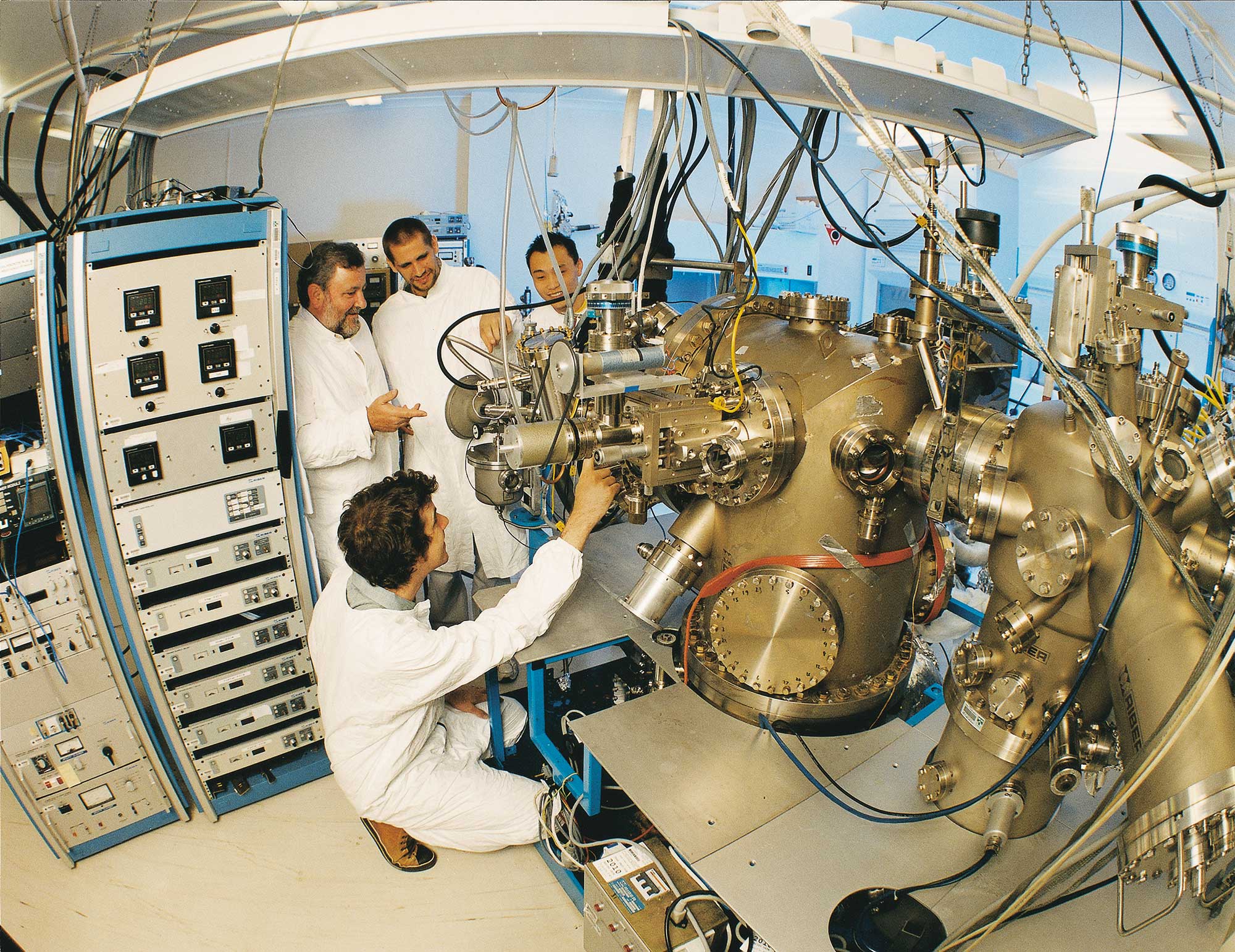
X-ray photoelectron spectroscopy (XPS) is a quantitative technique that measures the composition and electronic state of the elements are on the surface of a sample. Spectra are obtained by irradiating a sample with a beam of X-rays while measuring the number of electrons of a specific energy that escape from the top 1 to 10 nm of the surface. XPS requires that the sample is exposed to ultra-high vacuum (UHV) conditions. Detection limits for most of the elements are in the range of parts per thousand.The analyser can also be used to check the uniformity of elemental composition across the top surface (line profiling or mapping) and as a function of depth into the sample (by ion beam etching). A number of additional film preparation tools are available within the same vacuum system.

